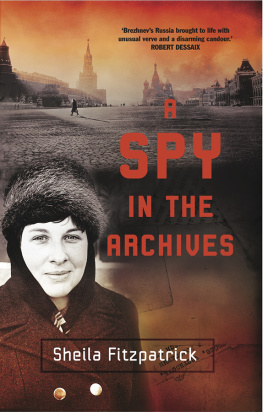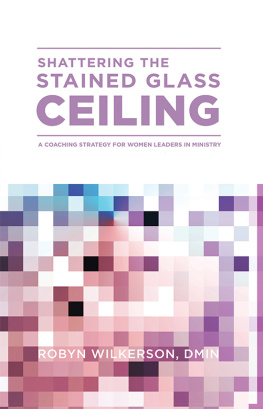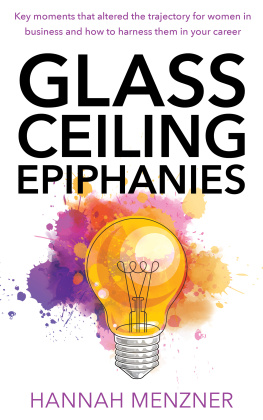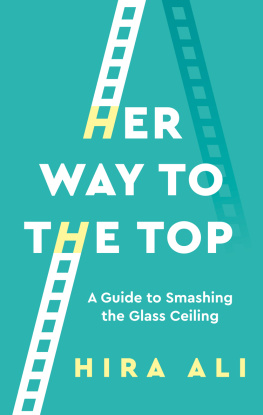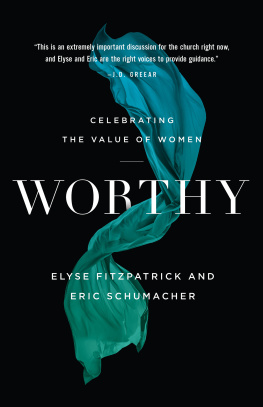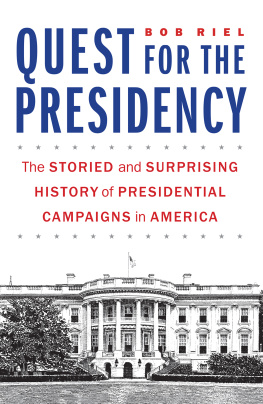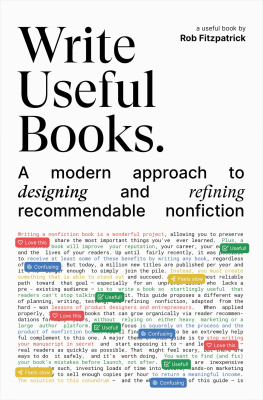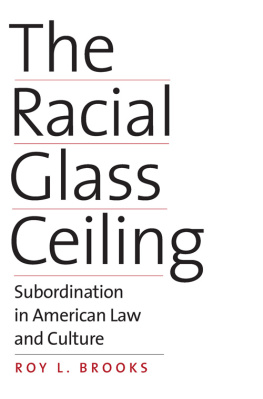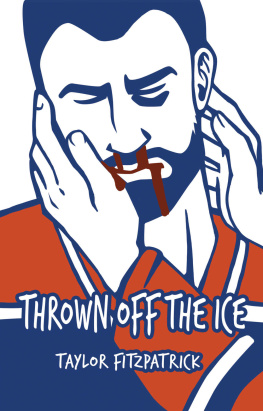Fitzpatrick - Highest Glass Ceiling: Womens Quest for the American Presidency
Here you can read online Fitzpatrick - Highest Glass Ceiling: Womens Quest for the American Presidency full text of the book (entire story) in english for free. Download pdf and epub, get meaning, cover and reviews about this ebook. year: 2016, publisher: Harvard Univ Pr, genre: Politics. Description of the work, (preface) as well as reviews are available. Best literature library LitArk.com created for fans of good reading and offers a wide selection of genres:
Romance novel
Science fiction
Adventure
Detective
Science
History
Home and family
Prose
Art
Politics
Computer
Non-fiction
Religion
Business
Children
Humor
Choose a favorite category and find really read worthwhile books. Enjoy immersion in the world of imagination, feel the emotions of the characters or learn something new for yourself, make an fascinating discovery.

- Book:Highest Glass Ceiling: Womens Quest for the American Presidency
- Author:
- Publisher:Harvard Univ Pr
- Genre:
- Year:2016
- Rating:3 / 5
- Favourites:Add to favourites
- Your mark:
- 60
- 1
- 2
- 3
- 4
- 5
Highest Glass Ceiling: Womens Quest for the American Presidency: summary, description and annotation
We offer to read an annotation, description, summary or preface (depends on what the author of the book "Highest Glass Ceiling: Womens Quest for the American Presidency" wrote himself). If you haven't found the necessary information about the book — write in the comments, we will try to find it.
Highest Glass Ceiling: Womens Quest for the American Presidency — read online for free the complete book (whole text) full work
Below is the text of the book, divided by pages. System saving the place of the last page read, allows you to conveniently read the book "Highest Glass Ceiling: Womens Quest for the American Presidency" online for free, without having to search again every time where you left off. Put a bookmark, and you can go to the page where you finished reading at any time.
Font size:
Interval:
Bookmark:

THE HIGHEST GLASS CEILING
THE HIGHEST GLASS CEILING
Womens Quest for the American Presidency
ELLEN FITZPATRICK
HARVARD UNIVERSITY PRESS
Cambridge, Massachusetts
London, England
2016
Copyright 2016 by Ellen Fitzpatrick
All rights reserved
Jacket design: Graciela Galup
Jacket image: Getty Images
ISBN 978-0-674-49607-1 (EPUB)
The Library of Congress has catalogued the print edition of this book as follows:
Names: Fitzpatrick, Ellen F. (Ellen Frances), author.
Title: The highest glass ceiling : womens quest for the American presidency / Ellen Fitzpatrick.
Description: Cambridge, Massachusetts : Harvard University Press, 2016. | Includes bibliographical references and index.
Identifiers: LCCN 2015045620 | ISBN 9780674088931 (alk. paper)
Subjects: LCSH: Woodhull, Victoria C. (Victoria Claflin), 18381927. | Smith, Margaret Chase, 18971995. | Chisholm, Shirley, 19242005. | WomenPolitical activityUnited StatesHistory. | Presidential candidatesUnited StatesBiography. | Women presidential candidatesUnited StatesBiography.
Classification: LCC HQ1236 .F49 2016 | DDC 320.0820973dc23 LC record available at http://lccn.loc.gov/2015045620
In memory of
Lindy Hess
A Very Conspicuous Position
The Elephant Has an Attractive Face
Shake It Up, Make It Change
On a winters evening in early 2008, presidential candidate Hillary Clinton stood on the stage of a crowded, dimly lit high school auditorium in Salem, New Hampshire. By all appearances, it was the kind of campaign event that was routine foreven required ofhopefuls stumping in the nations first presidential primary. Surrounded by her supporters, Clinton started to deliver a line that was born of her Iowa caucus defeat to Barack Obama just days earlier. Everybody in this race is talking about change, Clinton began. But what does that mean? Some people think you bring about change by demanding it ... In the next moment, before she could finish her sentence, a heckler stood up in the audience, holding a sign and shouting its message. Iron my shirt! Iron my shirt! he yelled insistently. Another sign was hoisted; another heckler joined the chorus. Together their shouted demands succeeded in drowning out the candidate.
Pacing back and forth, microphone in hand, Clinton paused and asked, above the din, that the lights be raised. Oh! The remnants of sexismalive and well, Clinton said with laughter as officials quelled the disturbance and escorted the young men from the audience. The candidate would later be praised for her adroit pivot back to her campaign message. As I think has just been abundantly demonstrated, she offered, I am also running to break through the highest and hardest glass ceiling for our daughters, for our sons, for our children and for our country and really for women around the world. The demonstrators, it would later turn out, had been deployed as a stunt by a Boston radio station.
The Iron my shirt! outburst was a memorable moment in the 2008 Democratic presidential primary. The ridicule visited upon Hillary Clinton that day as a woman who was running for the nations highest office seemed both outlandish and entirely plausible given the tenor of contemporary American politics. By 2008, the vast majority of citizens expressed no reservations in principle about electing a woman president. Many, indeed, voiced enthusiasm about casting their vote for the nations first female chief executive. But it remained a fact that no individual woman aspirant had yet prevailed in American politics longest and most arduous race.
In 2008, Hillary Clinton mounted the most successful campaign of any woman presidential candidate in American history. She still lost a very close race for the Democratic nomination to a young, charismatic African American senator who would go on to win the general election and serve two terms as president. The battle between the front-runners unfolded over many months against a remarkable backdrop that received relatively little attention amid the thrust and parry of the immediate race. Either candidate, if victorious in their bid for the nomination, would make history as the first African American or the first woman to become the standard-bearer for a major political party. The November triumph of Barack Obama represented an extraordinary milestone in the history of the nation. Clintons loss deferred to another time, and perhaps another candidate, the election of the countrys first woman president.
In the postmortems that followed Clintons campaign, many touched on its pathbreaking nature. Amid those assessments, however, the larger history that preceded and, in some ways, framed her bid for the White House received very little attention. Clinton may have been the most successful female presidential candidate, but she had emerged from a longer race. Indeed, it was still possible to hear during her 2008 campaign echoes of the skepticism that greeted Victoria Woodhull, the first woman to run for president nearly a century and a half ago. In 1872, Harriet Beecher Stowe posed a memorable question, in her thinly veiled satire of Woodhulls candidacy. What sort of brazen tramp of a woman, she asked, would seek the presidency? A man running for the office could anticipate having his character torn off from his back in shreds only to be mauled, pummeled, and covered with dirt by every filthy paper all over the country. A woman, Stowe predicted, would be dragged through every kennel, and slopped into every dirty pail of water like an old mop. Would a woman who survived an ordeal that kills a man be the kind of a woman that we would want to see at the head of our government? Stowe queried. Then, as now, not a few people wondered the same thing.
Womens quest for the American presidency has a rich historyone marked by ambition and failure, doubt and possibility. The texture of this history is revealed in the stories of three of its central protagonists, who, over the course of a century, reached for the nations highest office in a political world mostly inhospitable to their aims. Each, to be sure, achieved important firsts for womenVictoria Woodhull as the first woman to seek the office in 1872, Margaret Chase Smith as the first woman to have her name placed in nomination by a major political party in 1964, and Shirley Chisholm as the first African American woman to be similarly placed in nomination for the presidency in 1972. Yet the crossing of those thresholds from 1872 to 1972 reveals little of the warp and woof of their experience and of their legacy.
From each of their stories, we can learn something about the kind of woman who sought the presidencythe question raised so pointedly by Harriet Beecher Stowe. We can also see in stark relief the obstacles women have faced and the prospects they uncovered in their drive for the nations most exalted office. Perhaps most important, we can recapture an enduring theme in the history of American democracy. As citizens who defied constraints on their political participation, rights, and liberties, they seized historical moments they believed were rife with possibility. In defeat, each imagined a successor who would eventually reach the presidency. Each was supported and challenged by political forces, historical conditions, particular constituencies, and, of course, character traits that remain visible elements in the landscape of presidential politics today.
More than two hundred women have sought, been nominated, or received votes for the office of president since Woodhulls bid in the 1870s. As is true of most male presidential aspirants, the overwhelming majority gained very little traction. Until the late twentieth century, women candidates surfaced most often as independents, on third-party tickets, or as quixotic candidates whose stars briefly rose during political conventions. They have been and are easily forgotten. Few failed candidates for presidentmale or femaleleave their mark upon the pages of history, and perhaps few should. This book tells the story of three exceptional women who did.
Font size:
Interval:
Bookmark:
Similar books «Highest Glass Ceiling: Womens Quest for the American Presidency»
Look at similar books to Highest Glass Ceiling: Womens Quest for the American Presidency. We have selected literature similar in name and meaning in the hope of providing readers with more options to find new, interesting, not yet read works.
Discussion, reviews of the book Highest Glass Ceiling: Womens Quest for the American Presidency and just readers' own opinions. Leave your comments, write what you think about the work, its meaning or the main characters. Specify what exactly you liked and what you didn't like, and why you think so.

